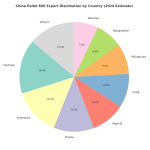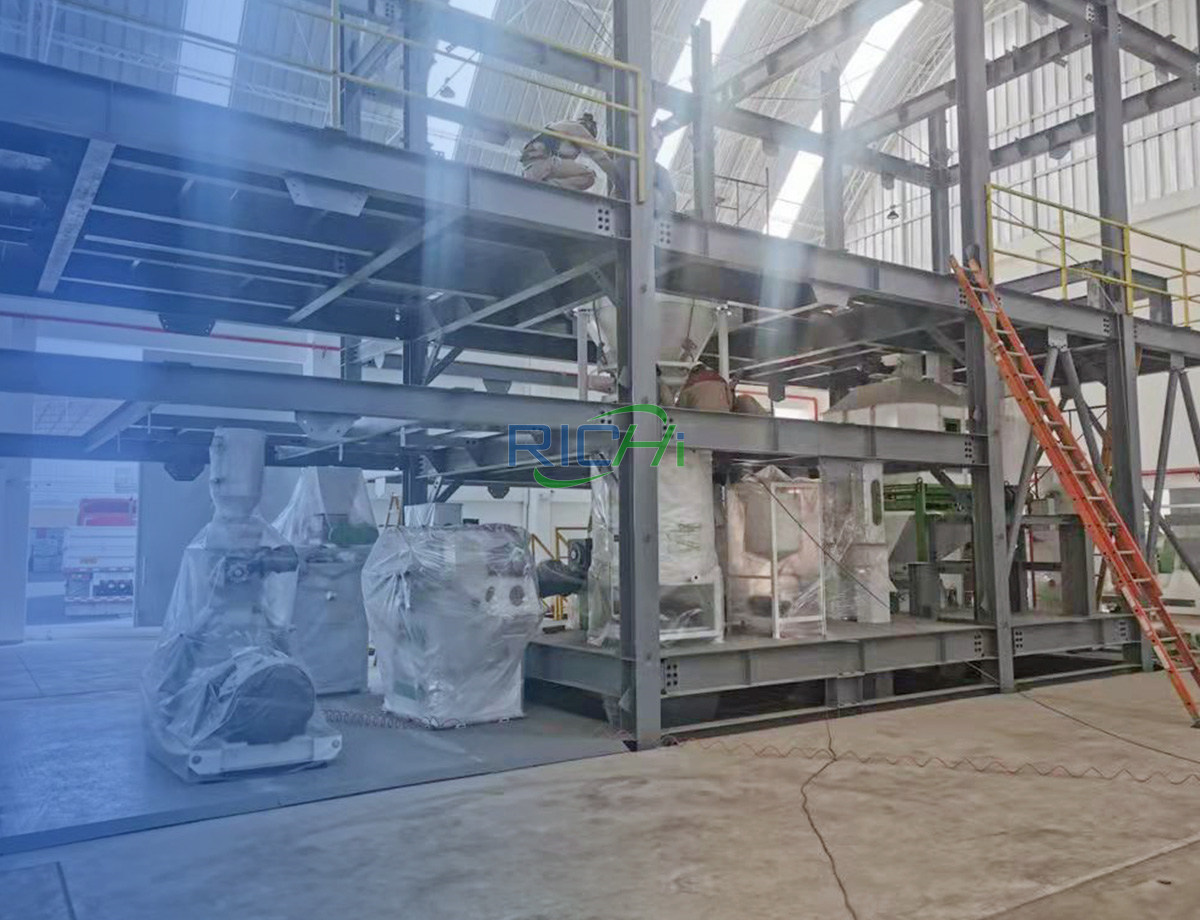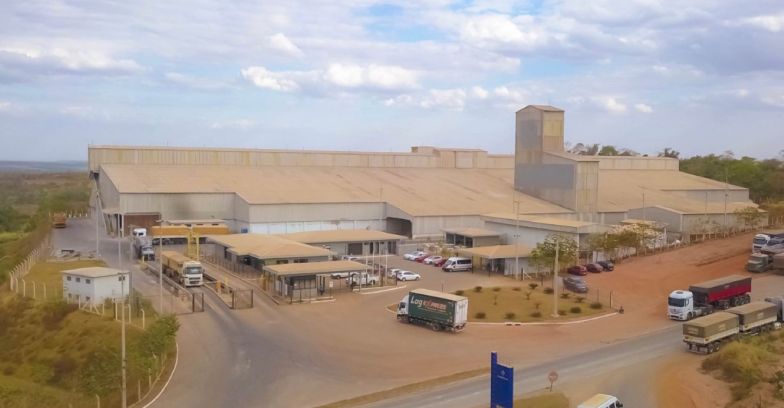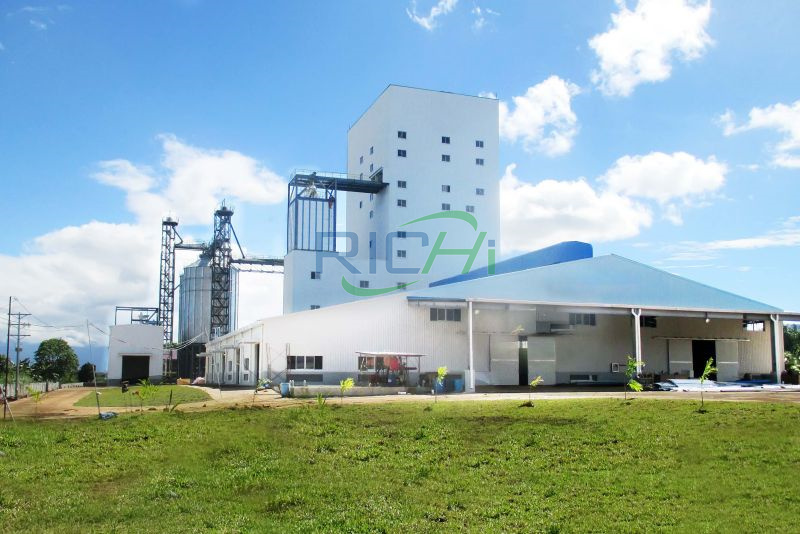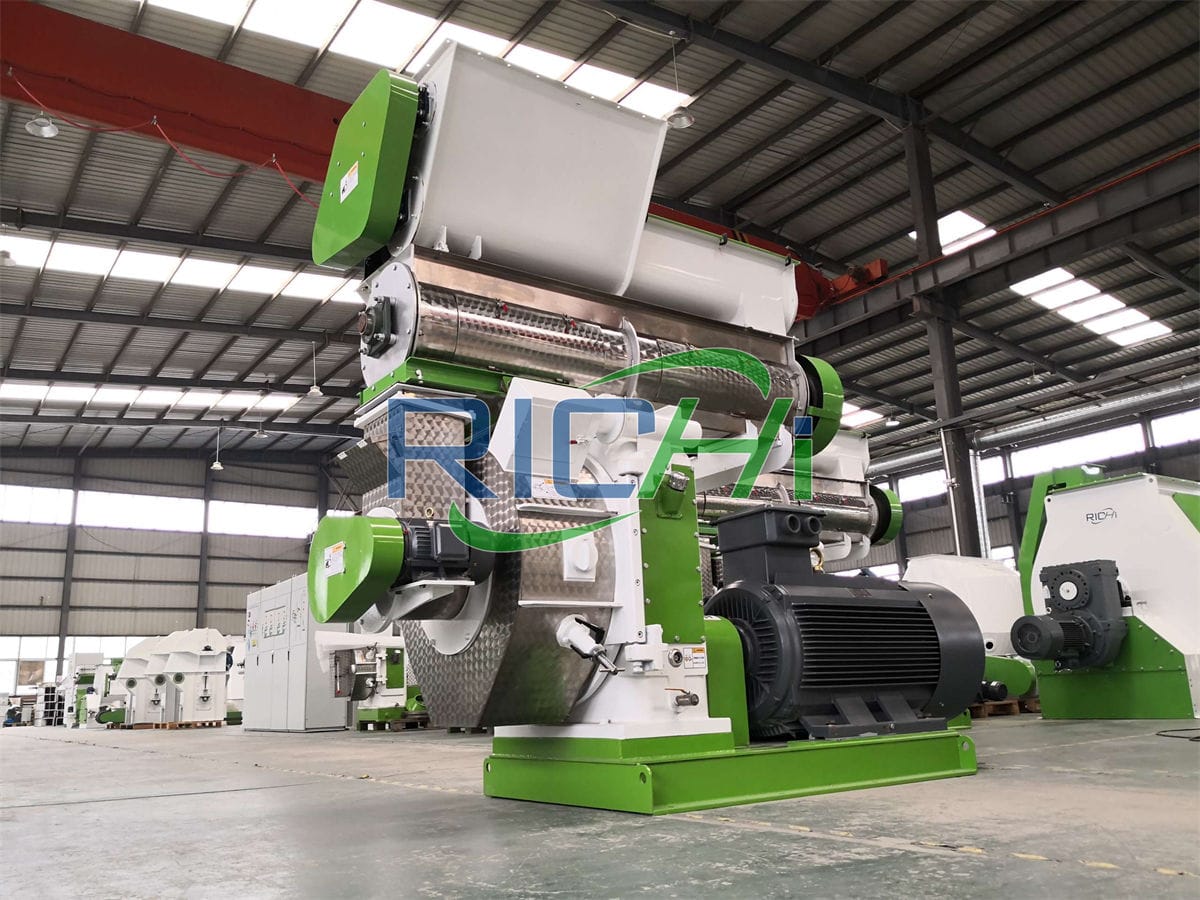The demand for horse feed mills with a production capacity of 1-10 tons per hour (t/h) is influenced by several factors, including the expanding equine industry, heightened awareness of equine nutrition, and an increasing number of horse owners worldwide. This article delves into the market demand for a 1-10 t/h horse feed mill, analyzing key drivers, market trends, and potential opportunities.
Key Drivers of Market Demand
Growing Equine Population
The global equine population is on the rise, fueled by the growing popularity of equestrian sports, recreational riding, and horse breeding. This increase in horse ownership leads to a higher demand for quality horse feed. Major markets, such as the United States, Canada, Australia, and various European countries, have significant equine populations that drive this demand.
Rising Awareness of Equine Nutrition
Horse owners and breeders are becoming more knowledgeable about the nutritional requirements of horses. Proper nutrition is vital for maintaining horses’ health, performance, and longevity. This growing awareness leads to an increased demand for specialized horse feed formulations that cater to various life stages, activity levels, and health conditions of horses.
Increasing Disposable Income
With rising disposable incomes, particularly in developed countries, more individuals can afford to own and care for horses. This surge in horse ownership further boosts the demand for high-quality feed. Additionally, higher disposable incomes enable horse owners to invest in premium feed products that offer enhanced nutritional benefits.
Equestrian Sports and Events
The popularity of equestrian sports, including show jumping, dressage, and racing, drives the demand for performance-enhancing feed formulations. Major equestrian events and competitions underscore the importance of proper nutrition, further propelling the market for specialized horse feed.
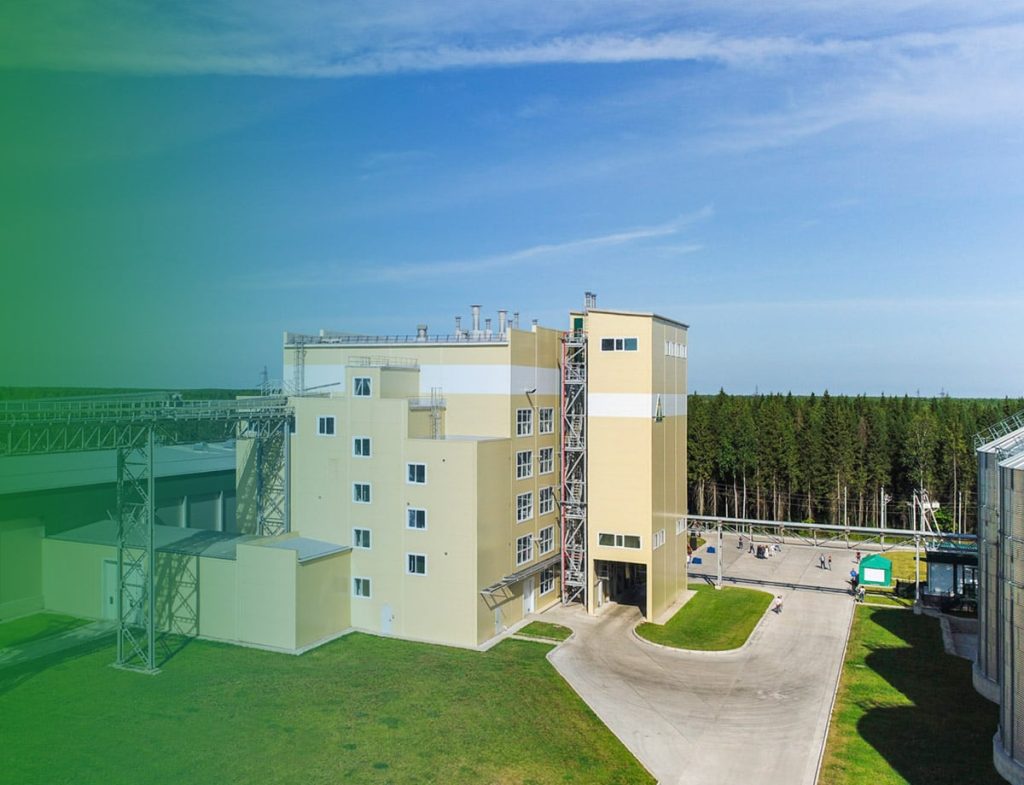
Market Trends
Demand for Specialized Feed Formulations
There is a growing trend for feed formulations tailored to specific needs, such as those for young foals, pregnant mares, performance horses, and senior horses. Specialized feeds that address common health issues, like digestive problems, joint health, and weight management, are also increasingly sought after.
Organic and Natural Feed Products
The demand for organic and natural products is extending into the equine feed market. Horse owners are increasingly interested in feed made from natural ingredients without artificial additives or preservatives. Although typically more expensive, organic feed products are gaining popularity due to their perceived health benefits and environmental considerations.
Technological Advancements in Feed Production
Advancements in feed production technologies, such as precision milling and pelletizing, have improved the quality and consistency of horse feed. Enhanced production techniques allow for the incorporation of beneficial additives, including probiotics, prebiotics, and omega-3 fatty acids, into feed formulations.
E-commerce and Direct Sales Channels
The rise of e-commerce platforms has simplified the process for horse owners to purchase feed products online, particularly in regions with limited access to physical stores. Direct sales channels, such as farm-to-consumer models, are also gaining popularity, offering fresh and customized feed options to horse owners.
Potential Opportunities
Expansion into Emerging Markets
While developed countries represent significant markets for horse feed, there is substantial potential in emerging markets where equestrian activities are becoming more popular. Countries in Asia, Latin America, and the Middle East are witnessing a rise in horse ownership and equestrian sports, presenting new opportunities for feed manufacturers.
Development of Functional Feeds
Functional feeds that provide specific health benefits, such as improved digestion, enhanced immunity, and joint support, are becoming increasingly sought after. Feed manufacturers can capitalize on this trend by creating and marketing functional feed products that address common health concerns in horses.
Sustainability and Eco-Friendly Practices
There is a growing demand for sustainable and eco-friendly feed products. Manufacturers that adopt environmentally responsible practices, such as sourcing sustainable ingredients and reducing packaging waste, can appeal to environmentally conscious consumers. Certifications and labels indicating eco-friendly practices can enhance brand reputation and attract a broader customer base. (Related post:compound feed plant)
Collaboration with Veterinary Professionals
Partnering with veterinarians and equine nutritionists can boost the credibility of feed products and provide valuable insights into the nutritional needs of horses. Educational initiatives and joint marketing efforts with veterinary professionals can help build trust and drive demand for specialized feed formulations.
Market Challenges
Price Sensitivity
While there is a market for premium horse feed products, price sensitivity remains a challenge, especially in regions with lower disposable incomes. Manufacturers must balance quality and affordability to cater to a diverse customer base.
Regulatory Compliance
Compliance with local and international feed safety regulations is crucial but can be complex and costly. Manufacturers need to stay updated on regulatory changes and ensure their products meet all required standards. Non-compliance can lead to product recalls, legal issues, and damage to brand reputation.
Supply Chain Disruptions
The availability and cost of raw materials can be affected by supply chain disruptions, including natural disasters, geopolitical tensions, and economic fluctuations. Manufacturers need to develop robust supply chain strategies to mitigate risks and ensure a consistent supply of high-quality ingredients.
Conclusion
The demand for a 1-10 t/h horse feed mill is driven by the expanding equine population, rising awareness of equine nutrition, increasing disposable income, and the growing popularity of equestrian sports. Market trends such as the demand for specialized feed formulations, organic and natural products, technological advancements, and the rise of e-commerce present significant opportunities for feed manufacturers.
To capitalize on these opportunities, manufacturers should focus on developing high-quality, functional feed products, expanding into emerging markets, adopting sustainable practices, and collaborating with veterinary professionals. By addressing market challenges and staying attuned to evolving consumer preferences, a 1-10 t/h horse feed mill can achieve sustained growth and profitability in the competitive equine feed industry.


